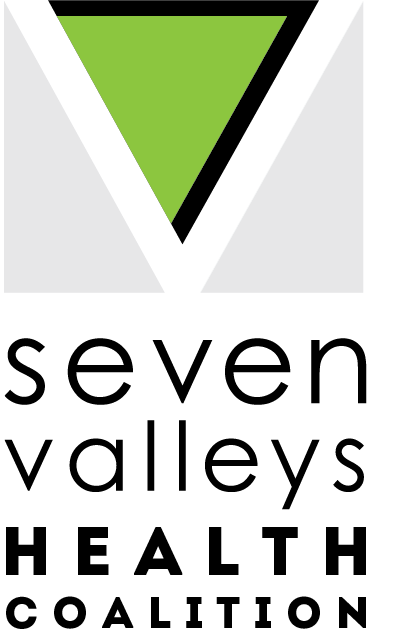#FarmerFridays: Trinity Valley
Farmer Fridays Video Series: Trinity Valley
Come along on this #farmerfridays and learn about all the local goodness that Trinity Valley Dairy produces!
🛒 To learn more about Trinity Valley, including where to purchase their products, please visit www.trinityvalleydairy.com or find them on social media at @trinityvalleydairy.
🍴To connect with the Cortland Food Project, please visit their webpage.
⭐ To discover Cortland County's new local brand, Cortland Harvest, click here.
Hey! How’s your vo-cow-bulary?
Here are some dairy-related words that Trinity Valley thinks are important to keep in mind:
Creamline Milk
Maybe you grew up thinking homogenized milk is a good thing. Ours is pasteurized and bottled at Trinity Valley, but it is nonhomogenized, meaning straight from the cow. And for a good reason: so your body can digest the cream and use the fat for energy and nutrients. Ours is not raw milk, however it is low temperature pasteurization. Laws governing raw milk (neither pasteurized nor homogenized and containing everything found in the milk, including contaminants) vary from state to state, and selling it is not legal nationwide. What we do sell is Grade A, sold at our farm store, and at farmer’s markets and retail chains. What you get is milk straight from our cow single-source milk bottled on the farm and sold directly to customers within a matter of days, sometimes less.
__
Homogenized milk
Milk that has been mechanically altered to have a smooth, even consistency. The homogenization process uses thousands of pounds of pressure to breakdown the fat molecules so they stay suspended in the milk and resist separation. This process will also alter other elements of the milk. Homogenized milk is absorbed easily into your body verses being properly digested like non-homogenized milk.
__
Pasteurize
Milk is heated very quickly then cooled rapidly to kill bacteria and protect purity
__
Buttermilk
In the simplest terms, buttermilk is the slightly sour liquid byproduct of butter making, and it’s good for you. It’s swimming with microbes that feed your body healthy bacteria, which our bodies need and lots of it.
__
Curds
The simplest explanation is “baby cheese,” and here’s how it’s made: We milk our cows and the milk goes into a vat. A coagulant that thickens the milk is added to the vat. Once the milk thickens to “pudding consistency,” knives are pulled through the vat, cutting the “milk pudding” into curds. The curds are heated to 103 degrees and gently stirred, which causes the whey (a watery liquid) to separate from the curd. The whey is drained from the vat and what remains are curds.


